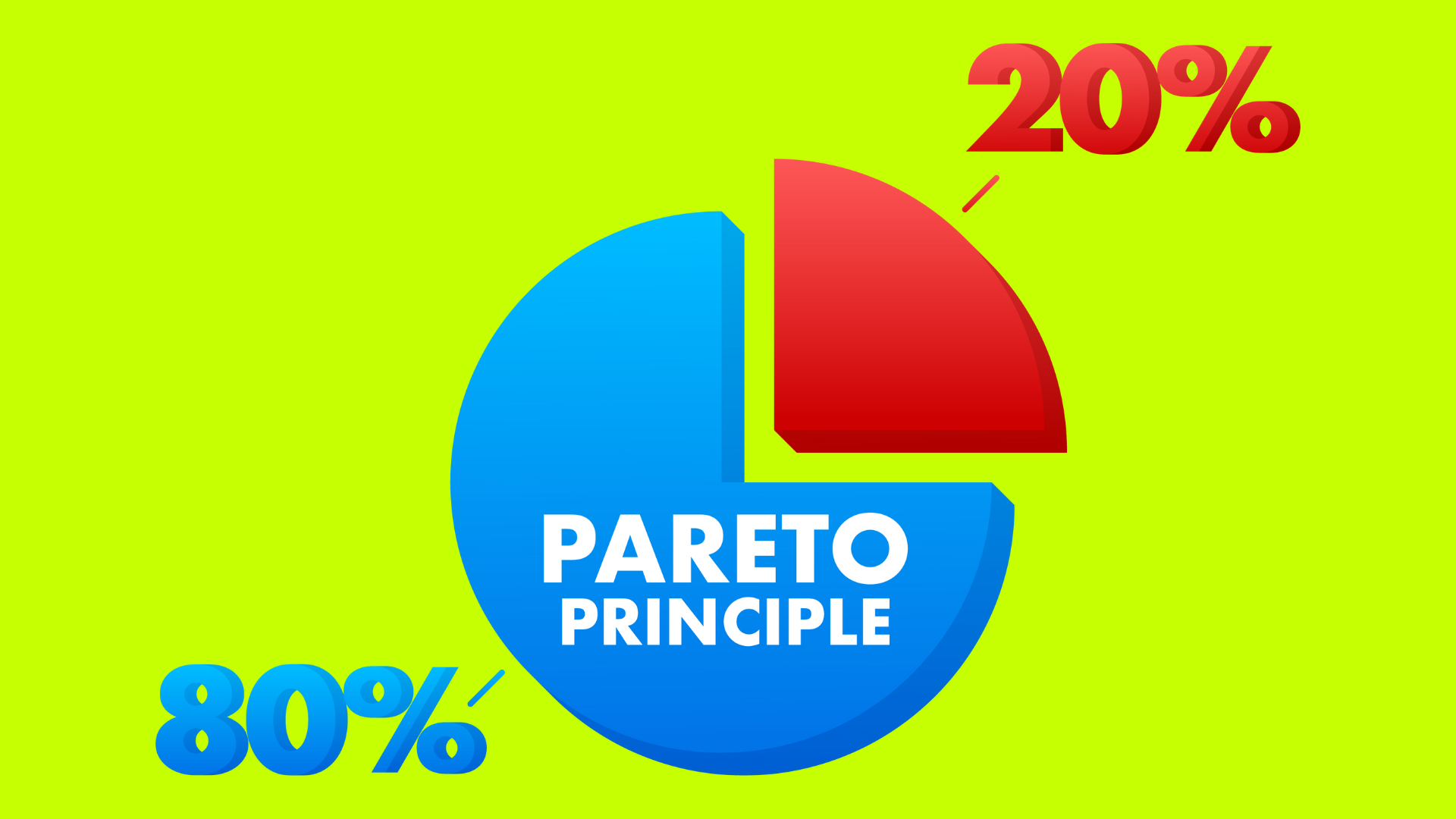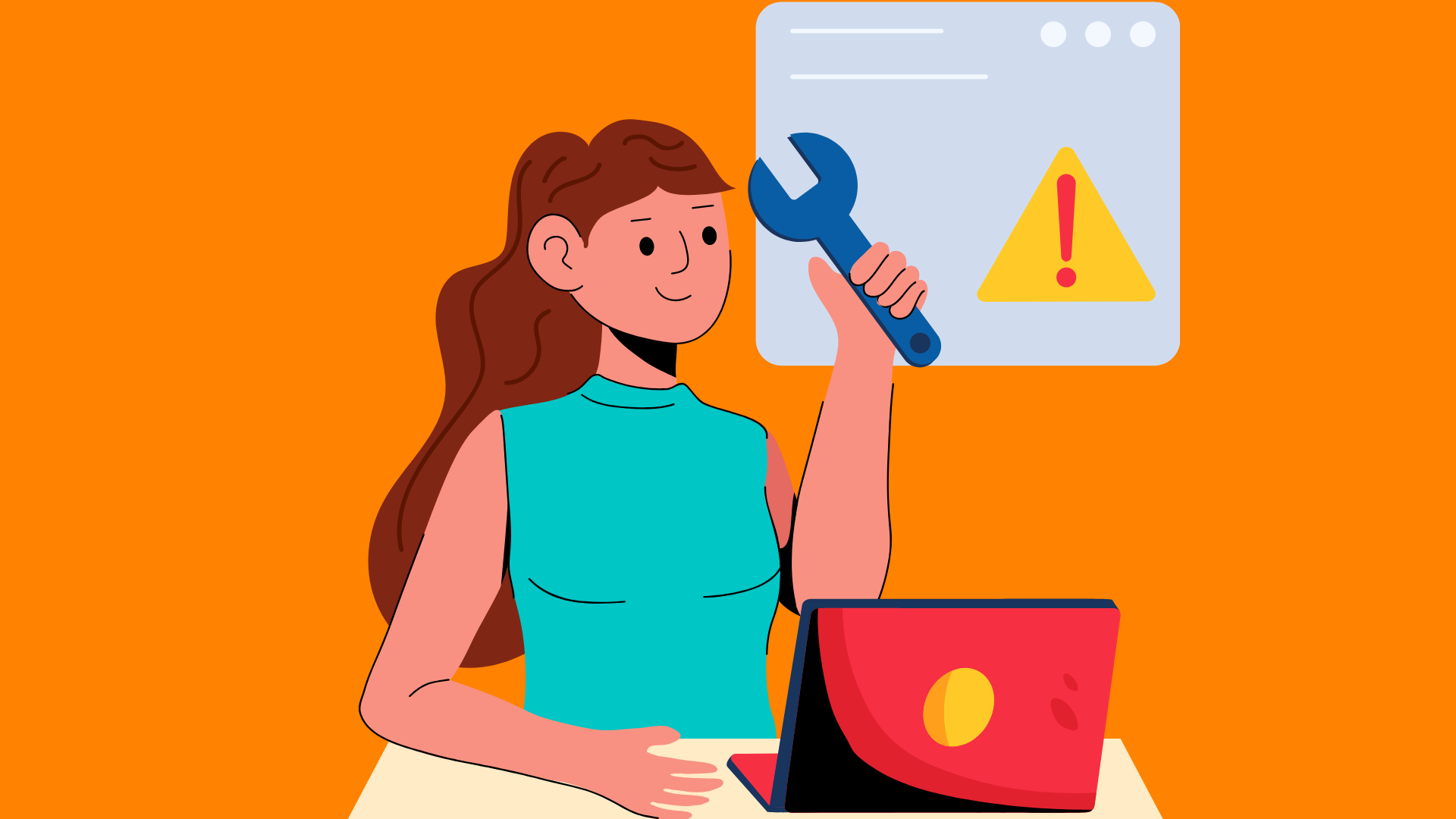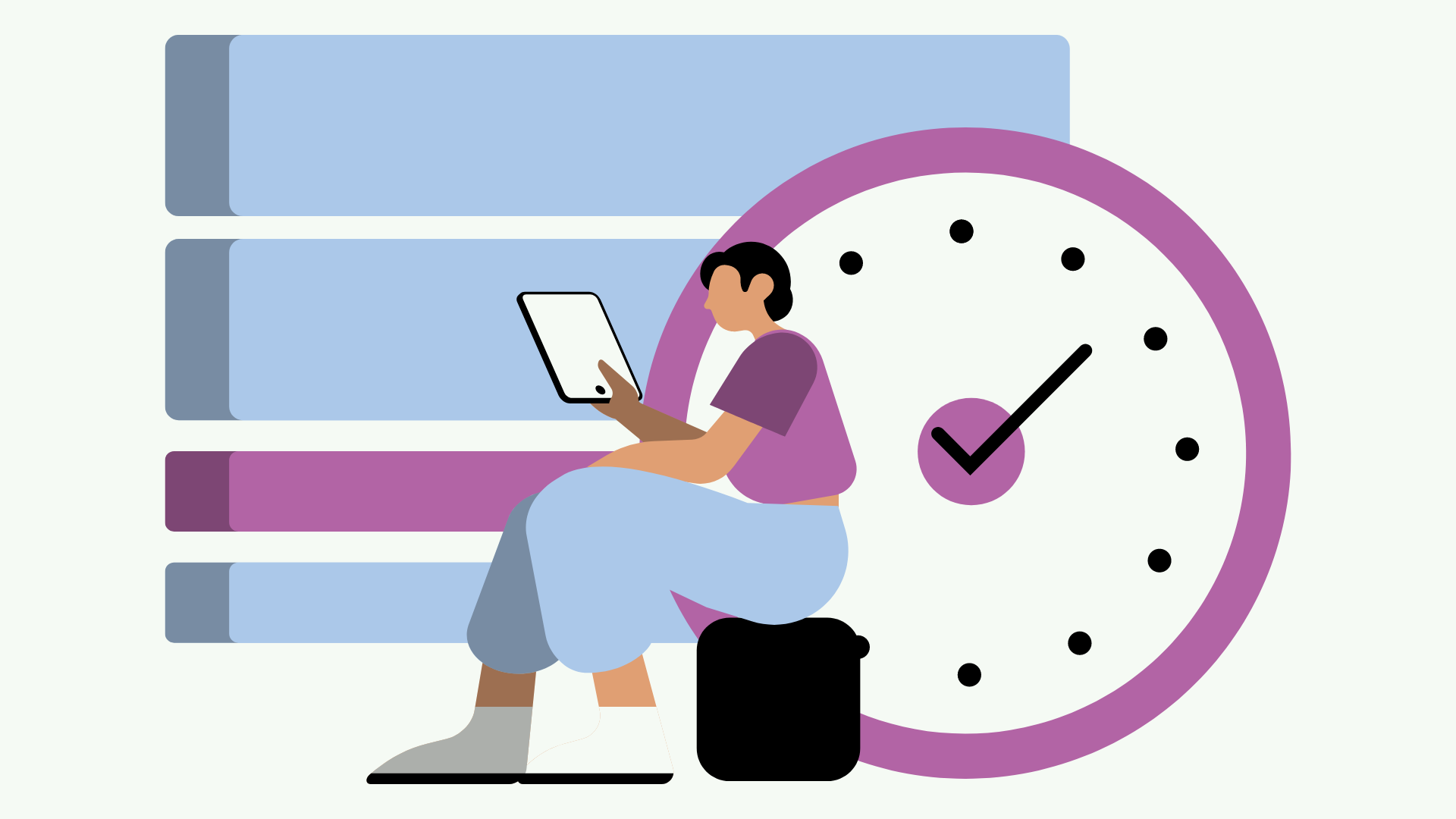In our increasingly busy world, productivity isn’t just about getting things done—it’s about efficiently getting the right things done. Whether juggling multiple projects at work, managing a household, or pursuing personal goals, improving your productivity can make a significant difference in your success and satisfaction. Below are 12 productivity tips and tricks designed to help you maximize your efficiency and achieve more in less time.
Table of Contents
1. Prioritize Your Tasks Effectively
One of the most important steps in boosting productivity is learning to prioritize your tasks. Not all tasks are created equal—some are crucial to achieving your goals, while others are less important or can be delegated.
A useful tool for prioritization is the Eisenhower Matrix, which categorizes tasks into four quadrants based on their urgency and importance:
- Urgent and Important: These tasks need immediate attention and directly impact your goals. They should be your top priority.
- Important but Not Urgent: These tasks are essential for long-term success but don’t require immediate action. Schedule these tasks to ensure they don’t fall by the wayside.
- Urgent but Not Important: These tasks demand your attention but have little bearing on your long-term goals. Whenever possible, delegate these tasks.
- Not Urgent and Not Important: These tasks offer little value and should be minimized or eliminated from your schedule.
By organizing your tasks according to this matrix, you can focus your energy on what truly matters, ensuring that important tasks are completed on time and with the necessary attention.

2. Leverage the Pomodoro Technique
The Pomodoro Technique is a time management strategy that encourages focused work followed by short breaks. This technique involves working in 25-minute intervals (known as Pomodoros), followed by a 5-minute break. After four Pomodoros, take a longer break of 15-30 minutes.
This method helps:
- Improve Focus: Short, timed work sessions encourage concentration and minimize distractions.
- Combat Procrastination: Knowing that you only have to work for 25 minutes can make starting a task less daunting.
- Prevent Burnout: Regular breaks help you recharge and maintain productivity throughout the day.
Using the Pomodoro Technique can help you manage your time more effectively and maintain a steady pace of work without becoming overwhelmed.

3. Create and Maintain an Organized Workspace
Your physical environment is critical to your ability to focus and stay productive. A cluttered workspace can lead to distractions, wasted time, and increased stress. Conversely, an organized workspace promotes efficiency and clarity of thought.
To maintain an organized workspace:
- Declutter Regularly: Keep only essential items on your desk. Store other items in drawers or shelves to reduce visual clutter.
- Organize Your Tools: Use storage solutions like file organizers, drawer dividers, and desktop trays to keep your tools and materials in order.
- Personalize Thoughtfully: While it’s important to make your workspace comfortable, avoid over-personalization that can lead to distractions.
An organized workspace not only saves you time by making it easier to find what you need but also creates a more pleasant and productive environment.

4. Plan Your Day in Advance
Starting your day with a plan can significantly boost your productivity. By outlining your tasks and goals the night before, you can begin your day with clear direction and purpose.
To effectively plan your day:
- Set Clear Goals: Identify the top three tasks that must be completed. These should be aligned with your long-term objectives.
- Schedule Time Blocks: Allocate specific time slots for each task. This approach, known as time blocking, helps ensure that you dedicate sufficient time to important tasks and prevents your schedule from becoming too crowded.
- Prepare Resources: Gather any materials or information you’ll need for your tasks in advance. This reduces the likelihood of interruptions during work hours.
Planning your day helps you manage your time more effectively, reduces decision fatigue, and increases the likelihood of achieving your goals.

5. Use Technology Wisely
While technology can be a significant source of distraction, it can also be a powerful tool for enhancing productivity when used wisely. There are numerous apps and tools designed to help you manage your tasks, time, and workflow more efficiently.
Some of the most effective productivity tools include:
- Task Management Apps: Tools like Todoist, Trello, and Asana help you organize tasks, set priorities, and track progress. These apps are particularly useful for managing multiple projects or collaborating with others.
- Calendar Apps: Digital calendars like Google Calendar allow you to schedule tasks, set reminders, and view your schedule at a glance. They’re essential for managing time and commitments.
- Note-Taking Apps: Apps like Evernote and OneNote enable you to capture ideas, organize notes, and store information in one place, making it easier to reference and build on your ideas.
By integrating these tools into your workflow, you can streamline your processes, reduce time spent on administrative tasks, and focus more on productive work.

6. Avoid Multitasking
Multitasking is often seen as a way to get more done in less time, but research shows that it can reduce productivity and increase stress. When you switch between tasks, your brain takes time to adjust, leading to decreased focus and efficiency.
Instead of multitasking, practice single-tasking by focusing on one task at a time until it’s complete. This approach allows you to work more efficiently and produce higher-quality work. If you find it challenging to concentrate on a single task, try breaking it down into smaller, more manageable steps.

7. Set Time Limits for Tasks
Setting time limits for tasks can create a sense of urgency and help you work more efficiently. When you have a set amount of time to complete a task, you’re more likely to stay focused and avoid procrastination.
To set effective time limits:
- Estimate Task Duration: Before starting a task, estimate how long it will take to complete. Be realistic, but don’t overestimate, as this can lead to inefficiency.
- Use Timers: Set a timer or use a time-tracking app to keep track of how long you spend on each task. This helps you stay on track and makes it easier to adjust your time management strategy if necessary.
- Review and Adjust: After completing a task, review how long it took and compare it to your estimate. Use this information to improve your time management for future tasks.
Setting time limits not only helps you stay focused but also makes it easier to manage your workload and meet deadlines.

8. Take Regular Breaks
Taking regular breaks is essential for maintaining productivity, especially during long work sessions. Continuous work without breaks can lead to burnout, decreased focus, and lower-quality work.
To incorporate breaks into your routine:
- Follow the Pomodoro Technique: As mentioned earlier, this technique involves working in 25-minute intervals with short breaks in between. This is a simple and effective way to ensure regular breaks.
- Get Moving: Use your breaks to stretch, walk, or do some light exercise. Physical activity helps refresh your mind and body, making you more alert and focused when you return to work.
- Disconnect: During longer breaks, step away from your workspace and engage in activities that relax and recharge you, such as reading, meditating, or enjoying a hobby.
Regular breaks help you maintain your energy and focus, enabling you to work more efficiently over the day.

9. Practice Mindfulness
Mindfulness is the practice of being fully present and engaged in the current moment. It can help reduce stress, improve focus, and enhance overall well-being—all of which are crucial for productivity.
To practice mindfulness at work:
- Start Your Day with Intention: Begin your day with a few minutes of deep breathing or meditation. This helps set a calm and focused tone for the day ahead.
- Stay Present: When working on a task, focus all your attention on it. Avoid letting your mind wander to other tasks or worries. If you find your mind drifting, gently bring your focus back to the present task.
- Mindful Breaks: Use your breaks to practice mindfulness. Step outside, focus on your surroundings and take deep breaths. This helps reset your mind and improve your focus for the next work session.
Incorporating mindfulness into your daily routine can lead to greater focus, reduced stress, and higher productivity.

10. Minimize Distractions
Distractions are one of the biggest barriers to productivity. They can come from both external sources, like phone notifications or background noise, and internal sources, like daydreaming or stress.
To minimize distractions:
- Create a Distraction-Free Workspace: Set up your workspace in a quiet area, away from high-traffic zones. Use noise-canceling headphones if needed.
- Manage Digital Distractions: Turn off non-essential notifications on your phone and computer. Consider using website blockers to limit access to distracting sites during work hours.
- Schedule Focus Time: Block out time on your calendar for focused work. Let others know you’re unavailable during this time to minimize interruptions.
By reducing distractions, you can maintain your focus and get more done in less time.

11. Automate Repetitive Tasks
Automation is a powerful tool for increasing productivity by reducing the time and effort required to complete repetitive tasks. By automating routine activities, you can free up time for more important and creative work.
Common tasks that can be automated include:
- Email Management: Use email filters to automatically sort incoming messages into folders or flag important emails. You can also create templates for frequently used responses.
- Scheduling: Use scheduling tools like Calendly to automate the process of setting up meetings. This eliminates the back-and-forth of finding a mutually convenient time.
- Data Entry: If you regularly enter data into spreadsheets or databases, consider using automation tools like Zapier or Microsoft Power Automate to streamline the process.
Automation not only saves time but also reduces the likelihood of errors, making your workflow more efficient and reliable.

12. Reflect and Improve Regularly
Productivity is not a one-time achievement but an ongoing process of reflection and improvement. Regularly reviewing your productivity habits and making adjustments as needed can help you continue to work more efficiently.
To reflect and improve:
- Review Your Day: At the end of each day, take a few minutes to review what went well and what could be improved. Identify any challenges or distractions that impacted your productivity.
- Set Weekly Goals: At the start of each week, set specific productivity goals based on your reflections. Focus on areas where you want to improve and track your progress.
- Stay Adaptable: Be open to trying new productivity techniques and tools. What works for one person may not work for another, so it’s important to find what works best for you.
By continually assessing and refining your approach to productivity, you can develop habits that support long-term success and well-being.

Boosting your productivity isn’t about working harder—it’s about working smarter. By implementing these tips and tricks, you can streamline your workflow, reduce stress, and achieve your goals more effectively. Remember, productivity is a personal journey, and it’s important to find what works best for you. So start small, experiment with different strategies, and gradually build a productivity routine that suits your needs and lifestyle.
Discover more from Positive Treasure
Subscribe to get the latest posts sent to your email.




